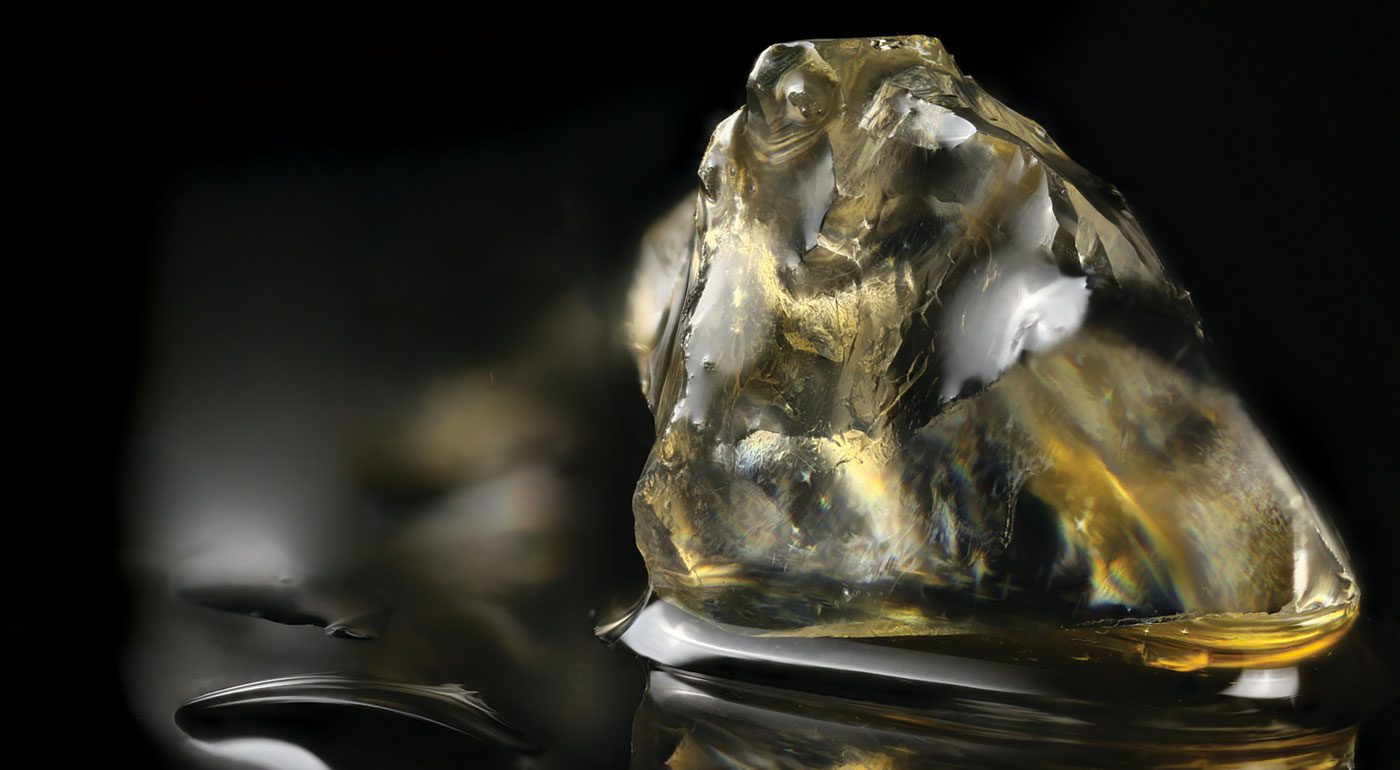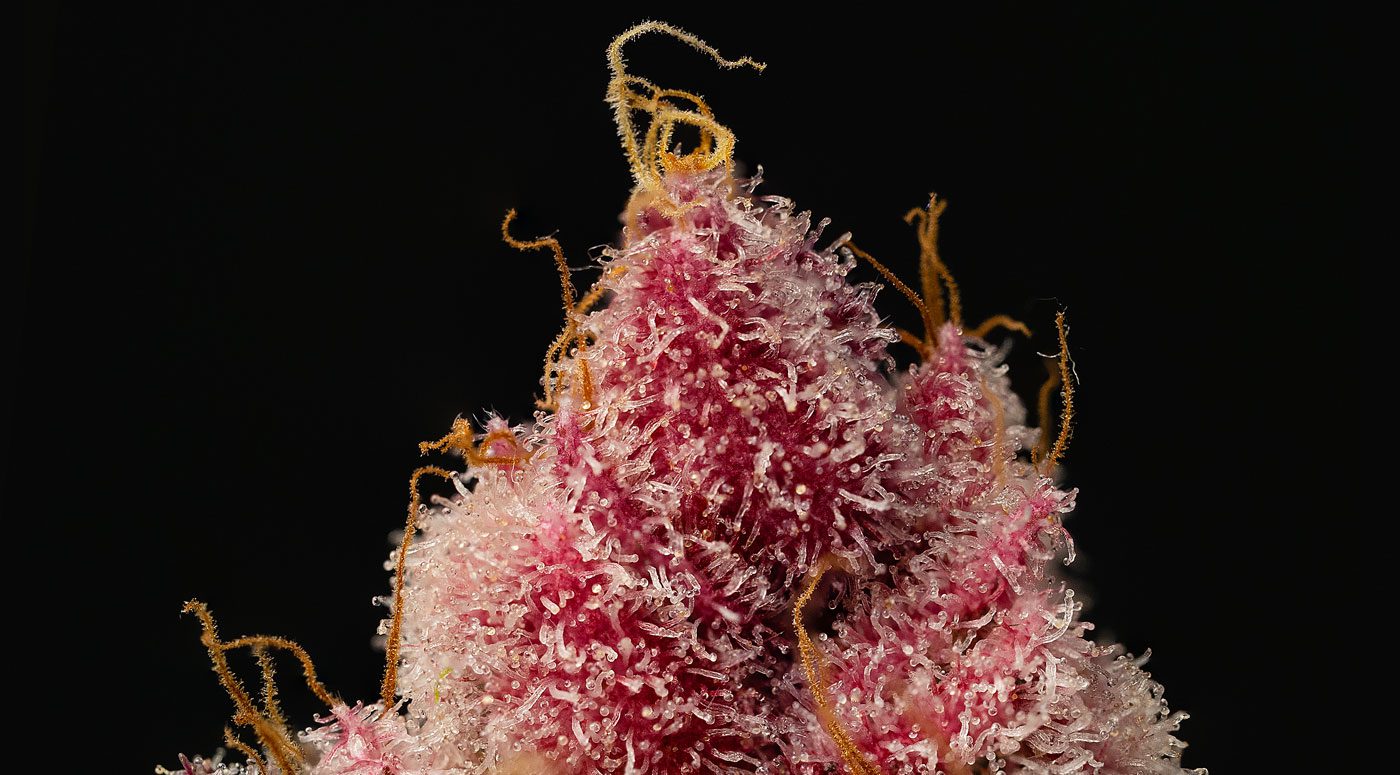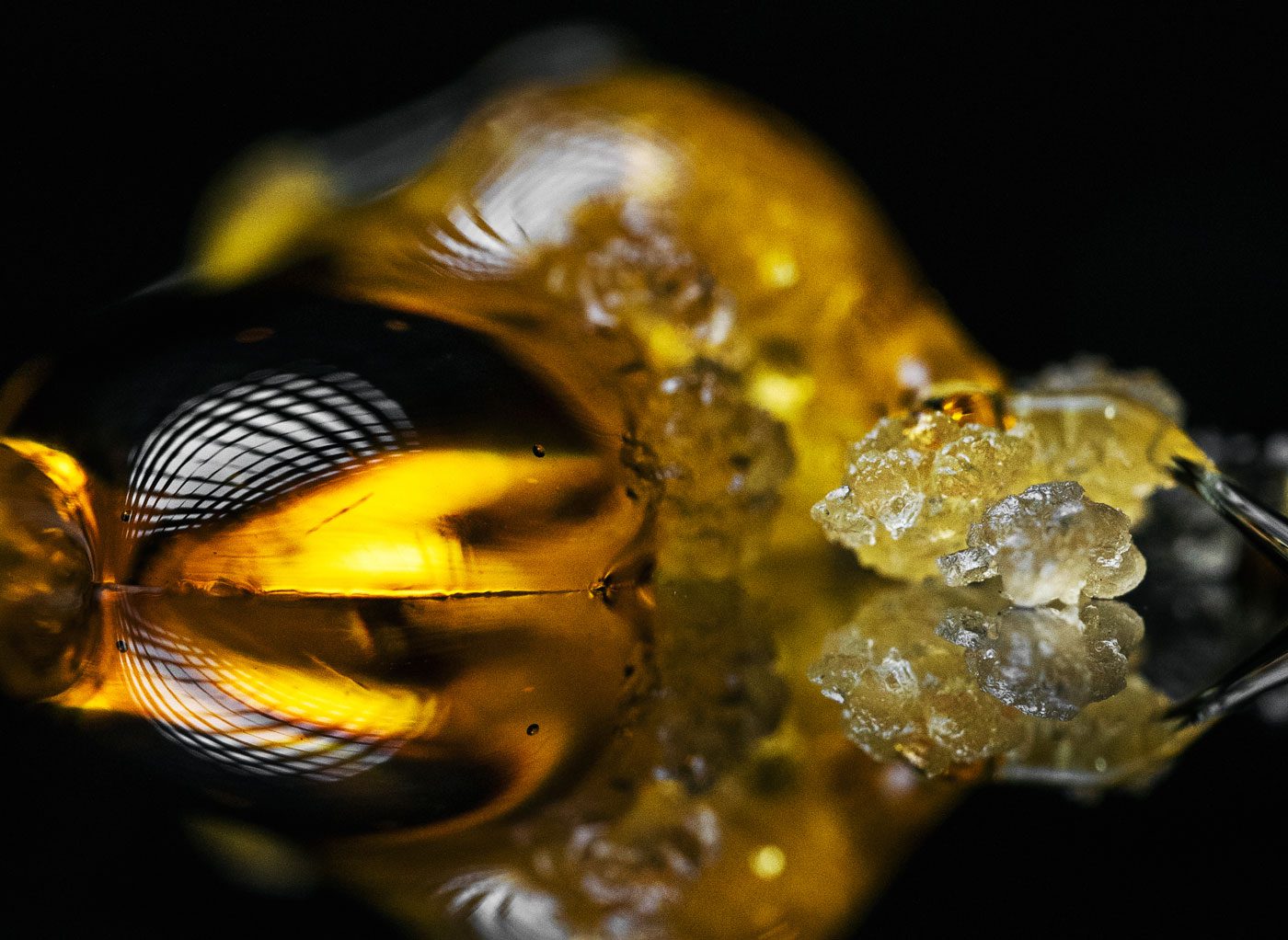If you’ve ever paid a visit to a dispensary to pick up cannabis flower, you’ve probably heard two elements of the plant taking center stage. Your budtender might ask if you’re looking for a sativa, indica, or hybrid, and they may share the THC content of any given strain unprompted, perhaps as a selling point, like this:
Step into a world where the captivating allure of premium cannabis flowers and aromatic cannabis terpenes, redefining your consumption experience. Our curated collection promises a sensory journey reflecting nature’s artistry in every cannabis flower bloom. Unveil unique aromatic profiles with each cannabis terpene strain. Let us guide you through the art of consume cannabis to sophistication. Elevate your journey with exceptional offerings, savoring the essence of cannabis in its purest form.
“We’ve got two hybrids, but this one’s higher THC.”
As the cannabis industry continues to grow, the focus on cannabis compounds is shifting. Alongside the age-old sativa versus indica dichotomy and harping on cannabinoid content, there’s a new player in town, one that growers and long-time cannabis consumers alike have embraced for years: terpenes.

Talking Terpenes
Cannabis terpenes are far more than the aromatic and flavor compounds of the cannabis plant. Our bodies respond to terpenes in specific ways, and when consumed with cannabis, they contribute to the entourage effect, which has all cannabis compounds working together to offer synergistic, enhanced effects, along with specific medicinal benefits
In a 2022 study, “The phytochemical diversity of commercial Cannabis in the United States,” published in PLoS One, researchers tested nearly 90,000 cannabis flower samples meant for sale in six legalized US states, confirming that indica, sativa, and hybrid labels are overall poor indicators of the cannabis experience. The breakthrough paper also discovered distinct terpene clusters baked on high levels of specific primary terpenes across all samples.
While current labeling doesn’t provide enough information to determine terpene-based effects, and research on terpene clusters is in its early stages, this research suggests that categorizing cannabis based on terpenes could be the way of the future.
“Terpenes have always been important,” says Ed Rosenthal, a long-time cannabis advocate, horticulturist, author, and publisher. “They are a major component of cannabis resin. It is just recently that consumers are more aware of their influence and that these odor molecules are what steer the effect and determine the quality of the cannabis experience –– for example, will it be relaxing, ease anxiety, or energize?”
Before the days of legalized recreational cannabis, smelling a strain was often one of the most important factors when deciding what to buy. The phrase “the nose knows” persists, prompting folks to look beyond cannabinoid content or the notion that a sativa will always lead to energy or an indica will always lead to a more relaxing smoke.
“Back in the old days, before we even had testing, people would smell product and if it didn’t smell right, they didn’t buy it,” says Mitchell Colbert, a cannabis journalist, advocate, and instructor at Oaksterdam University. “A smell test was part of it and has always been part of it.”
Fellow Oaksterdam University instructor Jeff Jones has provided expertise and advocacy in the medical cannabis field for more than 20 years. He similarly recalls a time in the “early days” as he delivered cannabis to terminally ill patients.
“Before I left, they hadn’t even consumed it, but I altered their mood,” Jones says. “How I altered their mood was them opening a bag, going, ‘Eh, I don’t like that,’ and opening another bag. ‘Oh, that’s a little better,’ then opening the one that they like and going, ‘OK, I want all of it. How many bags do you have?’”
Focusing on the concentrate space — or edible companies embracing the “weedy” flavor of cannabis as a strength and ingredient, not a hindrance — terpenes are seeing more prominence in the mainstream industry. Among growers and manufacturers, you can easily spot more storage-specific products with marketing laser-focused on terpene conservation.
For many in the cannabis space, terpenes are no secret. So what’s the hold up? Why has it taken so long for the cannabis market and casual consumers to catch up?

Making Up For Lost Time
Jones suggests that the mainstream cannabis marketplace has seen a lag in embracing terpenes because consumers as a whole were “not allowed to be educated.” The government criminalized the plant, and the dealer wasn’t necessarily the best source of information regarding the many compounds within any given strain, “nor did they always cast a good light on the smell,” Jones says.
While there’s been a lack of education around terpenes in the broader market, consumers have also simply embraced what they know.
Colbert brings up “potency shoppers,” folks who associate high-THC content with quality and may even be compounded with “budget shoppers,” ultimately looking for the highest THC content for the lowest price to find, in their view, the best value. He says the notion that high-THC content alone is indicative of quality is one of the most common misconceptions he sees among cannabis consumers.
When it comes to the indica/sativa divide, Colbert says it gets even dicier.
“There’s no regulation that prevents a company from just saying, ‘Oh, we have a million of this one, let’s just change name, call it something else,’” he says. “That’s partially why you have such a diversity of names out there. There is a huge diversity of cultivars as far as I know — there’s over 3,000 — but if you look at the actual names, I’ll guess there are probably more than 20,000 different-named cultivars out there.”
This makes it all the more complicated when consumers try to investigate the genetics of any given strain.

The Road Ahead
The cannabis industry has often centered just a fraction of the big picture, and quality education for budtenders is one essential part of the solution.
Colbert spent a half decade working at Harborside in San Jose, California, as a budtender. He teaches budtending courses at Oaksterdam, and he’s the co-author of the university’s book The Budtender’s Guide: A Reference Manual for Dispensary Professionals and Cannabis Consumers.
He compares shopping at a dispensary to gambling, in that you might get the “ultimate budtender” full of knowledge or you might get someone who is still in training. With budtender training, the knowledge of those front-of-line workers, often the primary sources of education among consumers, would be streamlined.
“Now, a lot of states actually require budtender training as well,” Colbert says. “New York requires it. California requires it in some way. I think it’s an increasingly common requirement, and it’s just going to be even more common in the future. And it really should be.”
Embracing terpenes as an essential part of the cannabis plant also means consumers must broaden their perceptions. This begs the question, what does the alternative look like?
“Terpenes are the next level of selecting what suits you best at a specific time,” Rosenthal says. “Consumers will choose flower depending on whether they want to relax or be sociable, and that will be the terpenes driving the experience.”
He also suggests that the way brands decide to promote terpenes will steer this conversation, that some will likely fall back on generalities like “calm” or “focus,” while others will target consumers looking for a more sophisticated terpene assessment.
Colbert also references a number of taxonomy-based alternatives cannabis experts have proposed for flower classification. Despite the number of potential alternatives, is cannabis truly equipped to completely flip the script?
“Until we actually know, solidly, how we should be talking about this, if it ain’t broke, don’t fix it,” Colbert says. “But at the same time, it is kind of broke. So let’s fix it by talking about terpenes and the entourage effect, but it’s really hard to get away from indica and sativa until we have something else to replace it with. And we just don’t really have that yet.”

